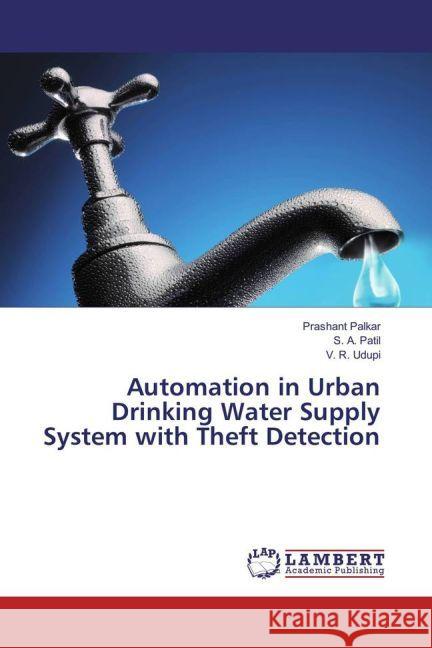Automation in Urban Drinking Water Supply System with Theft Detection » książka
Automation in Urban Drinking Water Supply System with Theft Detection
ISBN-13: 9783330051430 / Angielski / Miękka / 2017 / 72 str.
Automation in Urban Drinking Water Supply System with Theft Detection
ISBN-13: 9783330051430 / Angielski / Miękka / 2017 / 72 str.
(netto: 153,29 VAT: 5%)
Najniższa cena z 30 dni: 160,95 zł
ok. 10-14 dni roboczych
Bez gwarancji dostawy przed świętami
Darmowa dostawa!
The available water sources throughout the world are becoming depleted and this has brought into focus the urgent need for planned action to manage water resources effectively for sustainable development. The problem of water scarcity in urban areas of developing countries is of particular concern and as the water quantity available for supply generally is not sufficient to meet the demands of the population, water conservation measures are employed. One of the most common methods of controlling water demand is the use of intermittent supplies, usually by necessity rather than design. It is evident from literature surveyed that the design of distribution networks operating intermittent supplies has in general been based on the assumption of continuous supply; the concepts and methods used are identical with those used in developed countries. This has resulted in severe pressure problems and great inequities in the distribution of water. Clearly there is a need to develop more appropriate design tools which recognize the particular features of intermittent systems.











